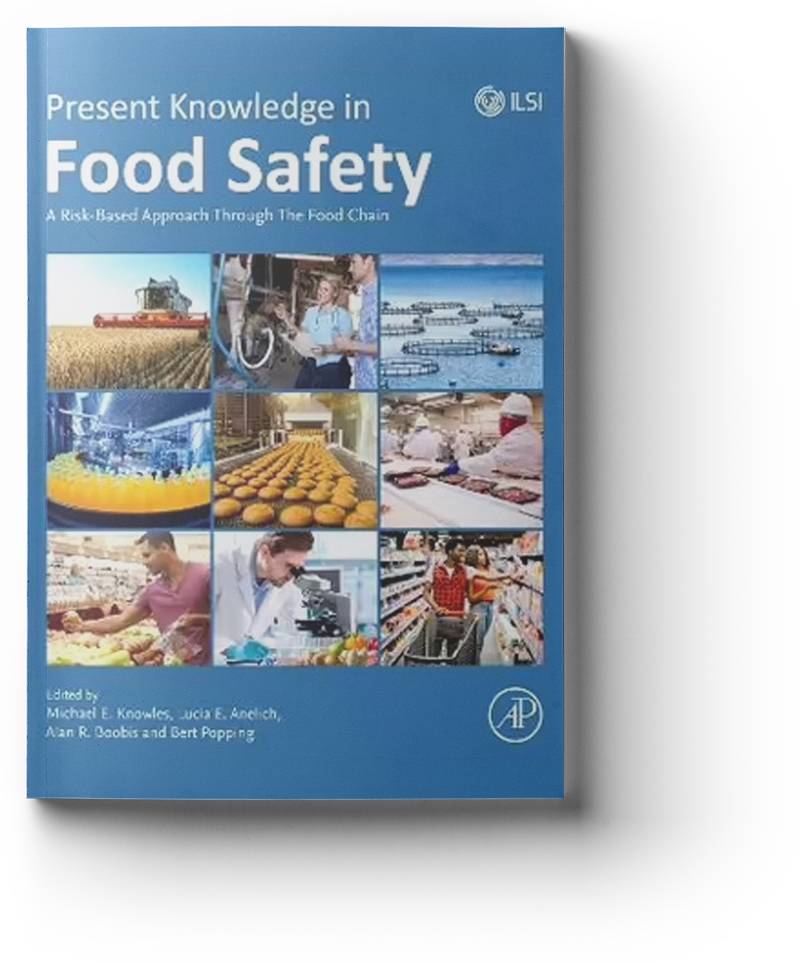This chapter outlines probabilistic methods for assessing population dietary exposure. It discusses and makes recommendations on how to move from deterministic screening-type calculations to higher-tier, more refined calculations using probabilistic methods. The question of how to deal with variability and uncertainty in the exposure scenario input variables is covered. Probabilistic methods are more technically demanding but can overcome some of the challenges of aggregate and cumulative exposure assessment, whilst dealing effectively with variability and uncertainty. This results in a more refined and scientific approach to exposure. This chapter explains why it is important to document all model assumptions and qualitatively describe the potential effect of uncertainties. The evaluation of high-end exposures against toxicological endpoints is also briefly discussed. The type of data required for setting up the assessment and how to deal with data gaps are outlined and real-life case studies are included illustrating recommended approaches.
Cronan McNamara, Sandrine Pigat
Present Knowledge in Food Safety A Risk-Based Approach Through The Food Chain 2023, Pages 633-642
13/10/2022
Download Publication >>>
Exposure assessment: real-world examples of exposure models in action from simple deterministic to probabilistic aggregate and cumulative models

Authors: Cronan McNamara, Sandrine Pigat
Keywords: Probabilistic modeling, probabilistic methods, uncertainty, variability, dietary exposure assessment, pesticide residues, optimistic, pessimistic assumptions, toxicological endpoints